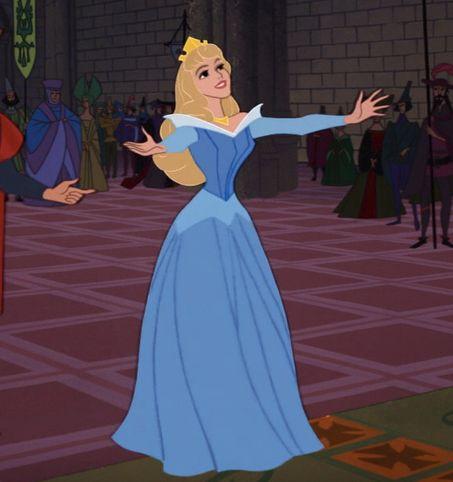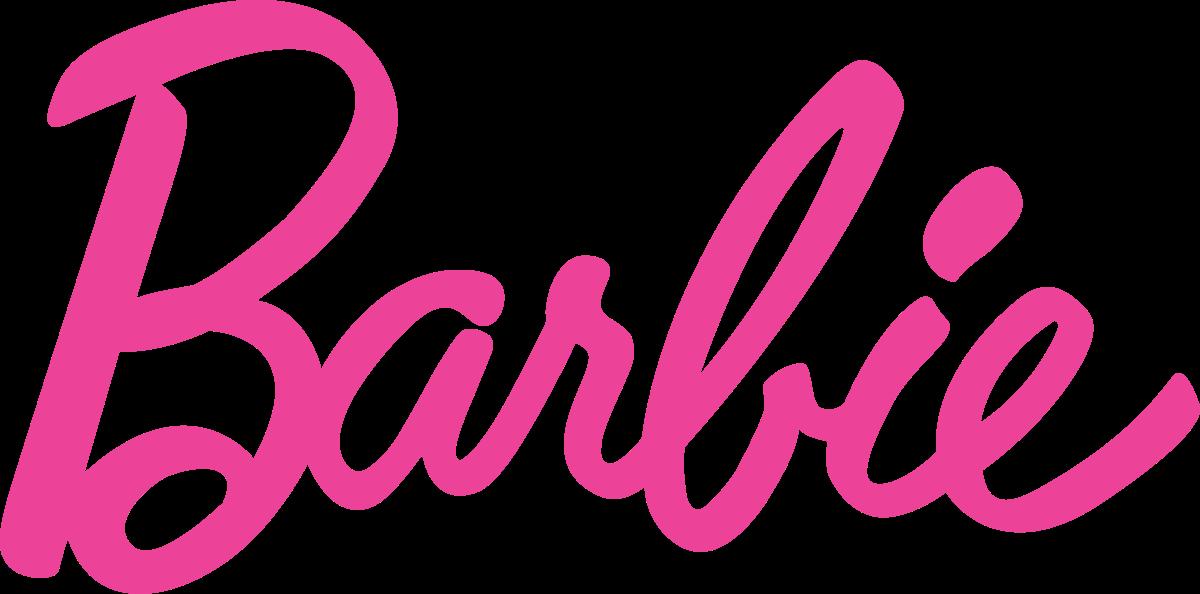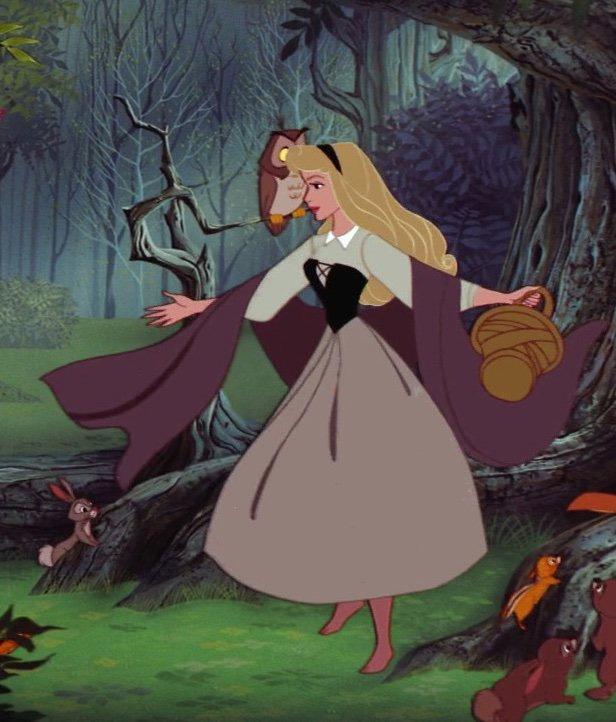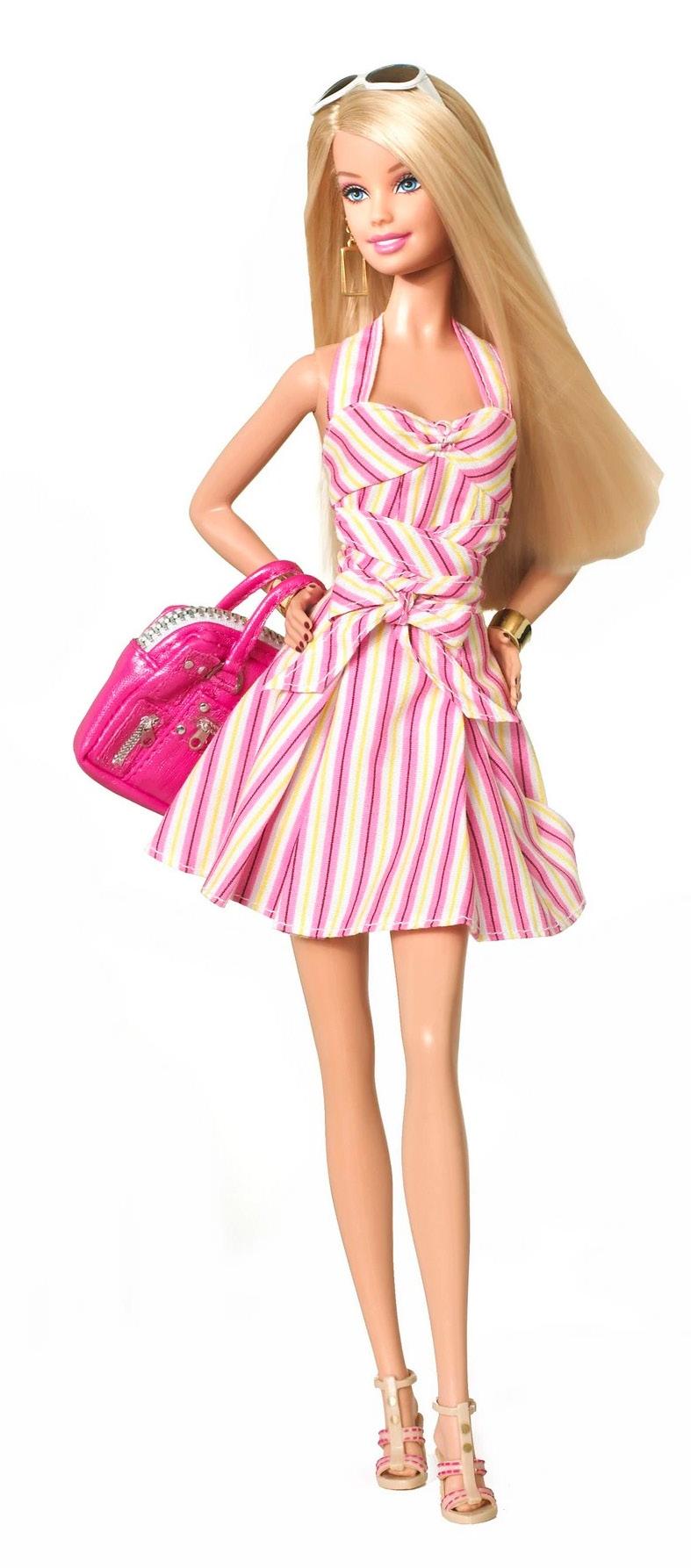
1 minute read
gender in Disney Princess
However, the visual depiction of the Princess characters, even the earlier ones, were influenced by external cultural and social factors too. These are particularly evident in the design of Aurora. Sleeping Beauty was released not long after the hugely popular production of Mattel, Inc.’s Barbie doll in March 1959, and Aurora’s figure also bears some resemblance to Barbie’s. Compared to earlier Princesses, Aurora more closely resembled the American beauty- ideal in this post-war glamour period (Kalmakurki 17)(fig.9, 10). Her appearance also differed from the rest of the film’s characters, being less derived from medieval fashions and more consistent with the hair and wardrobe fashions of the time. Such adaptations evidence how the wider social context influenced Disney’s choices about how to represent their character.

Advertisement

Judy Attfield in the ‘Barbie and Action man’ case study from the book The Gendered Object explains how the Barbie doll provides unrealistic features, such as tiny hands and feet and a waist twice as small as her bust, which parallels how Disney had created similarly gravity defying proportions in their cartoon depictions of the Princess characters (Attfield 82). Perhaps understandably, public concern about this presentation of the characters was increased once the cartoon characters were translated into films with “real” people with supposedly “real” bodies.











